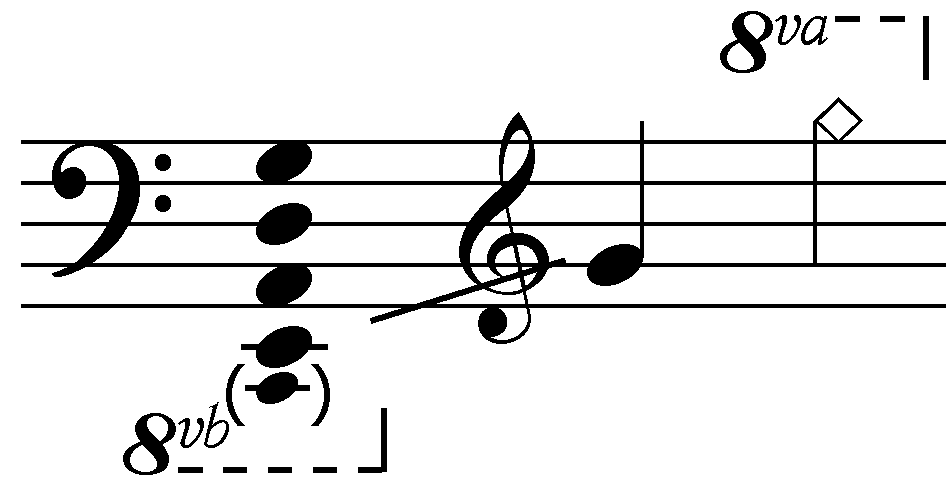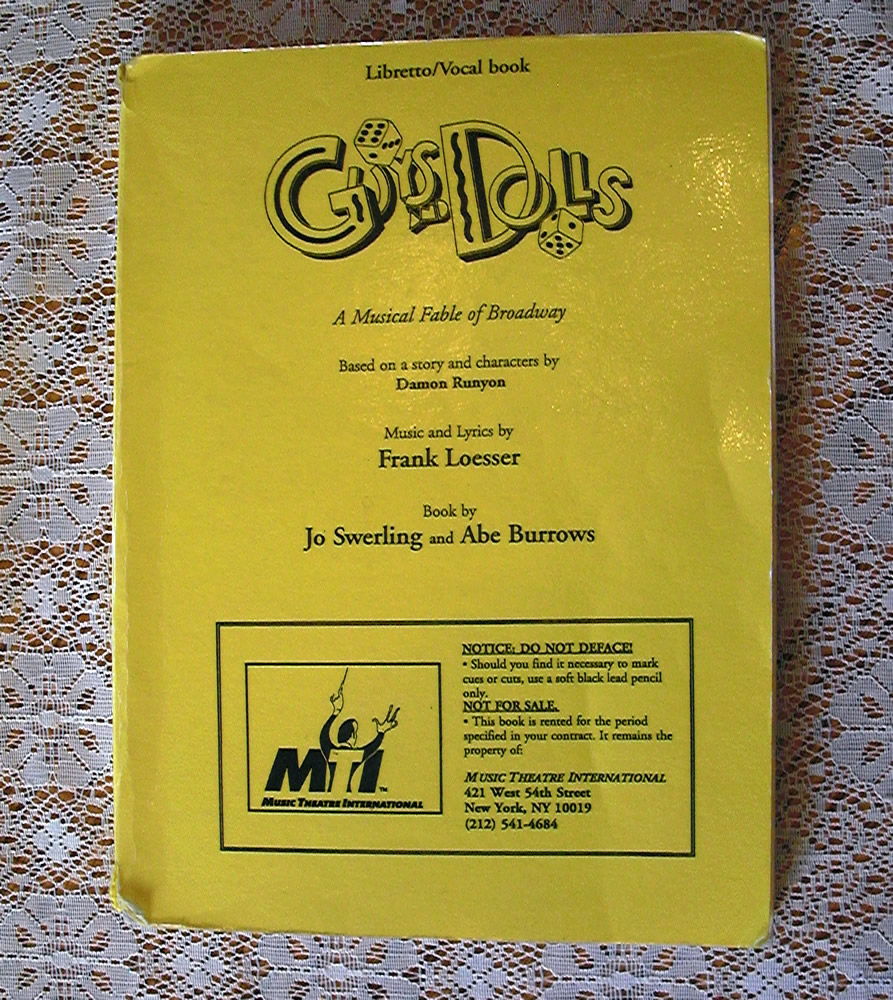|
The Stan Getz Quartet In Paris
''The Stan Getz Quartet in Paris'' is a live album by saxophonist Stan Getz recorded at the Salle Pleyel which was first released on the French Verve label. accessed July 22, 2016 Reception The review by Ken Dryden stated "The tenor saxophonist's always-lush tone is beautifully complemented by his musicians' sensitive accompaniment".Track listing There are several editions of this album. Here are all the tracks included in at least one of them. # "" ( |
Stan Getz
Stanley Getz (February 2, 1927 – June 6, 1991) was an American jazz saxophonist. Playing primarily the tenor saxophone, Getz was known as "The Sound" because of his warm, lyrical tone, with his prime influence being the wispy, mellow timbre of his idol, Lester Young. Coming to prominence in the late 1940s with Woody Herman's big band, Getz is described by critic Scott Yanow as "one of the all-time great tenor saxophonists". Getz performed in bebop and cool jazz groups. Influenced by João Gilberto and Antônio Carlos Jobim, he also helped popularize bossa nova in the United States with the hit 1964 single "The Girl from Ipanema". Early life Stan Getz was born on February 2, 1927, at St. Vincent's Hospital in Philadelphia, Pennsylvania, United States. Getz's father Alexander ("Al") was a Ukrainian Jewish immigrant who was born in Mile End, London, in 1904, while his mother Goldie (née Yampolsky) was born in Philadelphia in 1907. His paternal grandparents Harris and Bec ... [...More Info...] [...Related Items...] OR: [Wikipedia] [Google] [Baidu] |
Bronisław Kaper
Bronisław Kaper (; February 5, 1902 – April 26, 1983) was a Polish film composer who scored films and musical theater in Germany, France, and the USA. The American immigration authorities misspelled his name as Bronislau Kaper. He was also variously credited as Bronislaw Kaper, Bronislaw Kapper, Benjamin Kapper, and Edward Kane. Kaper is perhaps best remembered as the composer of the jazz standards " On Green Dolphin Street" (lyrics by Ned Washington) and " Invitation" (lyrics by Paul Francis Webster) which were the respective title songs for the Metro-Goldwyn-Mayer films '' Green Dolphin Street'' (1947) and '' Invitation'' (1952). He also scored the MGM film musical '' Lili'' (1953) for which he received the Academy Award for Best Original Score. Kaper's later works include ''Mutiny on the Bounty'' (1962) and the TV series '' The F.B.I.'' (1965–1974). Biography Bronisław Kaper was born in Warsaw, Poland, to an Ashkenazi Jewish family, and began playing the piano at the ... [...More Info...] [...Related Items...] OR: [Wikipedia] [Google] [Baidu] |
Double Bass
The double bass (), also known simply as the bass () (or #Terminology, by other names), is the largest and lowest-pitched Bow (music), bowed (or plucked) string instrument in the modern orchestra, symphony orchestra (excluding unorthodox additions such as the octobass). Similar in structure to the cello, it has four, although occasionally five, strings. The bass is a standard member of the orchestra's string section, along with violins, viola, and cello, ''The Orchestra: A User's Manual'' , Andrew Hugill with the Philharmonia Orchestra as well as the concert band, and is featured in Double bass concerto, concertos, solo, and chamber music in European classical music, Western classical music.Alfred Planyavsky [...More Info...] [...Related Items...] OR: [Wikipedia] [Google] [Baidu] |
Steve Swallow
Steve Swallow (born October 4, 1940) is an American jazz bassist and composer, known for his collaborations with Jimmy Giuffre, Gary Burton, and Carla Bley. He was one of the first jazz double bassists to switch entirely to electric bass guitar. Biography Born in Fair Lawn, New Jersey, United States, Swallow studied piano and trumpet, as a child, before turning to the double bass at age 14. While attending a prep school, he began trying his hand in jazz improvisation. In 1960, he left Yale University, where he was studying composition, and settled in New York City, playing at the time in Jimmy Giuffre's trio along with Paul Bley. After joining Art Farmer's quartet in 1963, Swallow began to write. It is in the 1960s that his long-term association with Gary Burton's various bands began. In the early 1970s, Swallow switched exclusively to electric bass guitar, of which he prefers the five-string variety. Along with Monk Montgomery and Bob Cranshaw, Swallow was among the firs ... [...More Info...] [...Related Items...] OR: [Wikipedia] [Google] [Baidu] |
Vibraphone
The vibraphone is a percussion instrument in the metallophone family. It consists of tuned metal bars and is typically played by using mallets to strike the bars. A person who plays the vibraphone is called a ''vibraphonist,'' ''vibraharpist,'' or ''vibist''. The vibraphone resembles the steel marimba, which it superseded. One of the main differences between the vibraphone and other keyboard percussion instruments is that each bar suspends over a resonator tube containing a flat metal disc. These discs are attached together by a common axle and spin when the motor is turned on. This causes the instrument to produce its namesake tremolo or vibrato effect. The vibraphone also has a sustain pedal similar to a piano. When the pedal is up, the bars produce a muted sound; when the pedal is down, the bars sustain for several seconds or until again muted with the pedal. The vibraphone is commonly used in jazz music, in which it often plays a featured role, and was a defining eleme ... [...More Info...] [...Related Items...] OR: [Wikipedia] [Google] [Baidu] |
Gary Burton
Gary Burton (born January 23, 1943) is an American jazz vibraphonist, composer, and educator. Burton developed a pianistic style of four-mallet technique as an alternative to the prevailing two-mallet technique. This approach caused him to be heralded as an innovator, and his sound and technique are widely imitated.Corley, Cheryl (May 8, 2004)"Gary Burton Steps Down, Out: Jazz Vibraphonist Moves On After Three Decades at Berklee". ''NPR''. He is also known for pioneering fusion jazz and popularizing the duet format in jazz, as well as being a major figure in music education from his 30 years at the Berklee College of Music. Biography Burton was born in Anderson, Indiana, United States. Beginning music at six years old, he mostly taught himself to play marimba and vibraphone. He began studying piano at age sixteen while finishing high school at Princeton Community High School in Princeton, Indiana (1956–60). He has cited jazz pianist Bill Evans as the inspiration for his a ... [...More Info...] [...Related Items...] OR: [Wikipedia] [Google] [Baidu] |
Tenor Saxophone
The tenor saxophone is a medium-sized member of the saxophone family, a group of instruments invented by Adolphe Sax in the 1840s. The tenor and the alto are the two most commonly used saxophones. The tenor is pitched in the key of B (while the alto is pitched in the key of E), and written as a transposing instrument in the treble clef, sounding an octave and a major second lower than the written pitch. Modern tenor saxophones which have a high F key have a range from A2 to E5 (concert) and are therefore pitched one octave below the soprano saxophone. People who play the tenor saxophone are known as "tenor saxophonists", "tenor sax players", or "saxophonists". The tenor saxophone uses a larger mouthpiece, reed and ligature than the alto and soprano saxophones. Visually, it is easily distinguished by the curve in its neck, or its crook, near the mouthpiece. The alto saxophone lacks this and its neck goes straight to the mouthpiece. The tenor saxophone is most recognize ... [...More Info...] [...Related Items...] OR: [Wikipedia] [Google] [Baidu] |
Frank Loesser
Frank Henry Loesser (; June 29, 1910 – July 28, 1969) was an American songwriter who wrote the music and lyrics for the Broadway musicals '' Guys and Dolls'' and '' How to Succeed in Business Without Really Trying'', among others. He won a Tony Award for ''Guys and Dolls'' and shared the Pulitzer Prize for Drama for ''How to Succeed''. He also wrote songs for over 60 Hollywood films and Tin Pan Alley, many of which have become standards, and was nominated for five Academy Awards for best song, winning once for Baby, It's Cold Outside. Early years Frank Henry Loesser was born to a Jewish family in New York City to Henry Loesser, a pianist,Frank Loesser biography pbs.org, accessed December 5, 2008 and Julia Ehrlich. He grew up in a house on West 107th Street i ... [...More Info...] [...Related Items...] OR: [Wikipedia] [Google] [Baidu] |
Oscar Hammerstein II
Oscar Greeley Clendenning Hammerstein II (; July 12, 1895 – August 23, 1960) was an American lyricist, librettist, theatrical producer, and (usually uncredited) director in the musical theater for almost 40 years. He won eight Tony Awards and two Academy Awards for Best Original Song. Many of his songs are standard repertoire for vocalists and jazz musicians. He co-wrote 850 songs. He is best known for his collaborations with composer Richard Rodgers, as the duo Rodgers and Hammerstein, whose musicals include ''Oklahoma!'', '' Carousel'', ''South Pacific'', '' The King and I'', and ''The Sound of Music''. Described by Stephen Sondheim as an "experimental playwright", Hammerstein helped bring the American musical to new maturity by popularizing musicals that focused on stories and character rather than the lighthearted entertainment that the musical had been known for beforehand. He also collaborated with Jerome Kern (with whom he wrote '' Show Boat''), V ... [...More Info...] [...Related Items...] OR: [Wikipedia] [Google] [Baidu] |
Richard Rodgers
Richard Charles Rodgers (June 28, 1902 – December 30, 1979) was an American composer who worked primarily in musical theater. With 43 Broadway musicals and over 900 songs to his credit, Rodgers was one of the most well-known American composers of the 20th century, and his compositions had a significant influence on popular music. Rodgers is known for his songwriting partnerships, first with lyricist Lorenz Hart and then with Oscar Hammerstein II. With Hart he wrote musicals throughout the 1920s and 1930s, including '' Pal Joey'', '' A Connecticut Yankee'', '' On Your Toes'' and '' Babes in Arms.'' With Hammerstein he wrote musicals through the 1940s and 1950s, such as ''Oklahoma!'', '' Flower Drum Song'', '' Carousel'', ''South Pacific'', ''The King and I'', and ''The Sound of Music''. His collaborations with Hammerstein, in particular, are celebrated for bringing the Broadway musical to a new maturity by telling stories that were focused on characters and drama rathe ... [...More Info...] [...Related Items...] OR: [Wikipedia] [Google] [Baidu] |
Edelweiss (song)
"Edelweiss" is a show tune from the 1959 Rodgers and Hammerstein musical ''The Sound of Music''. It is named after the edelweiss, ''(Leontopodium nivale)'', a white flower found high in the Alps. The song was created for the 1959 Broadway production of ''The Sound of Music'', as a song for the character Captain Georg von Trapp. In the musical, Captain von Trapp and his family sing this song during the concert near the end of Act II. It is a statement of Austrian patriotism in the face of the pressure put upon him to join the navy of Nazi Germany following the ''Anschluss'' (Nazi annexation of their homeland). It is also Captain von Trapp's subliminal goodbye to his beloved homeland, using the flower as a symbol of his loyalty to Austria. In the 1965 film adaptation, the song is also sung by the Captain earlier in the film when he rediscovers music with his children. This was the final song of Rodgers and Hammerstein's musical collaboration as well as the last song written by O ... [...More Info...] [...Related Items...] OR: [Wikipedia] [Google] [Baidu] |
Gigi Gryce
Gigi Gryce (born George General Grice Jr.; November 28, 1925 – March 14, 1983), later Basheer Qusim, was an American jazz saxophonist, flautist, clarinetist, composer, arranger, and educator. While his performing career was relatively short, much of his work as a player, composer, and arranger was quite influential and well-recognized during his time. However, Gryce abruptly ended his jazz career in the 1960s. This, in addition to his nature as a very private person, has resulted in very little knowledge of Gryce today. Several of his compositions have been covered extensively ("Minority", "Social Call", "Nica's Tempo") and have become minor jazz standards. Gryce's compositional bent includes harmonic choices similar to those of contemporaries Benny Golson, Tadd Dameron and Horace Silver. Gryce's playing, arranging, and composing are most associated with the classic hard bop era (roughly 1953–1965). He was a well-educated composer and musician, and wrote some classical work ... [...More Info...] [...Related Items...] OR: [Wikipedia] [Google] [Baidu] |






